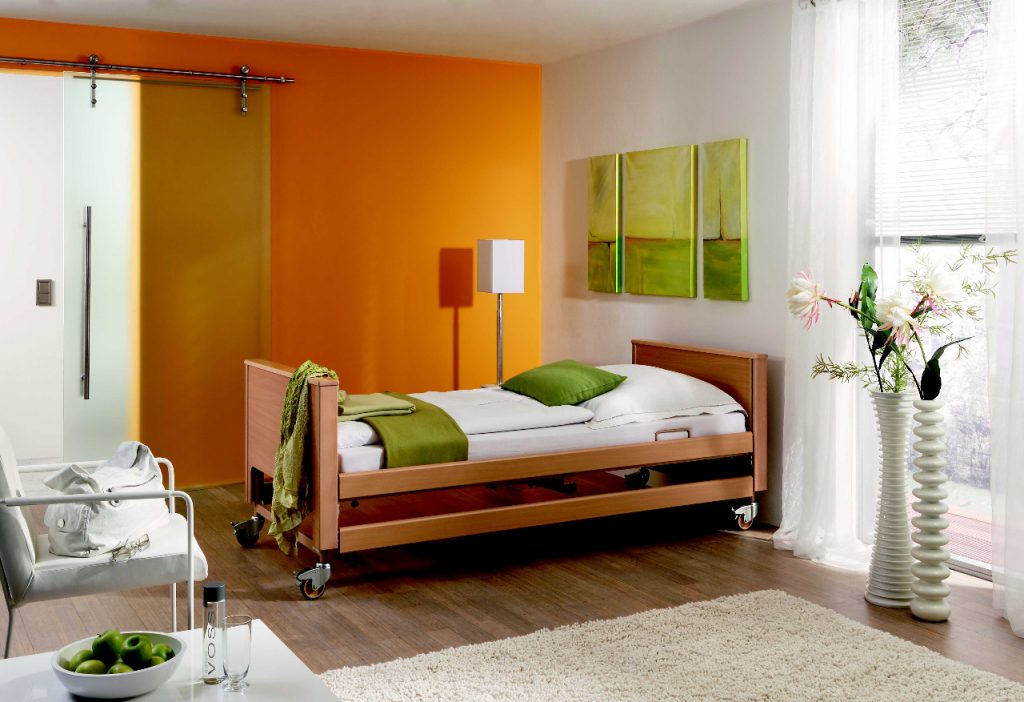After successfully re-designing my office space in Peterborough I decided to turn my attentions to that which I love the most . . . my home. With my new empowering office and a tranquil and relaxing home, surely I couldn’t fail to be a peaceful and productive human. Here’s a few things I learnt on my quest for inner peace . . .
1. Harness the Power of Placement
Bring sofas in a large room close together. Sure, you’ve heard this before, but how do you do it? In my home, the sofas in the living room were (guilty as charged) pushed against the walls. I couldn’t envisage them any other way. But after seeking some advice I faced them toward one another in a V-shape with the coffee table in the centre. Now, the wood-burning stove is the focal point. In the dining room, I’ve re-oriented the table to the centre of the room, making the whole room feel much larger.
2. Lower Art that’s Hanging too High and Fix “groupings” that are too Spread Out
This is a mistake many people make — artwork spread too far apart, and placed too high, at the eye-level of a basketball player. Unless you live with Steve Nash or Yao Ming, hang artwork and picture frames at the eye level of the average woman. I created a few nice art groupings using things already in my home: extra picture frames that we placed pretty leftover paper in, and original paintings I created. My fave: I took an out-of-date atlas page featuring Ireland and placed it in a frame — my husband is Irish. I surprised him by giving the frame a place of pride in the kitchen, next to my painting.
3. Nope, you don’t have to edit, edit, edit
Spread things out, or even rotate them. The edit, edit, edit mantra has people going crazy thinking that if they display their favourite collection of plates on a wall that they have no style. That’s just not so. Although we love many things, we must be careful not to fill our rooms with all of these things! If anything, I added a few more things to my living room, bringing them in from other rooms. I love that I regrouped accessories in my house by colour. Pink accents on the dining room console table complemented the hot pink shade on the wall.
4. Enlist Help
Don’t decide one weekend you’re going to move around armoires and heavy sofas all by yourself. That’s a recipe for an injury and frustration! Enlist help, which means you can try a few arrangements instead of exhausting yourself after pushing things around only once.
5 Put together your “stylist’s toolbox,” so you can move furniture and paintings with ease.
In your redesign toolbox, you’ll need:
• a drill,
• EZ movers (to help slide furniture around)
• picture hooks
• level
• putty
• screw drivers
• light bulbs
• batteries
• sewing kit
5. Use the Beautiful things you Already have
People don’t buy things they think are ugly. Many people are amazed to discover they really do have great stuff they just needed help to pull it together. The redesign industry was born and grew from designers that could see that many of their clients already had lovely things they just needed help presenting them. Rather than redo an entire space from scratch and replace perfectly good furnishings, these designers chose to work with what the homeowner already had and with their professional skill take that room to the next level. Still not sure how to do it? That leads me to my next tip …
6. Consider Hiring a Pro
Sometimes it makes sense to call in help. In my case, I knew I needed fresh eyes to see my home and move furniture around. I just didn’t have the confidence to take the big steps the living room, kitchen and dining area needed to make it more appealing. An average re-design on one room will cost you an average of around £150. It sounds like a lot, but it’s much less than hiring an interior designer to start from scratch!
